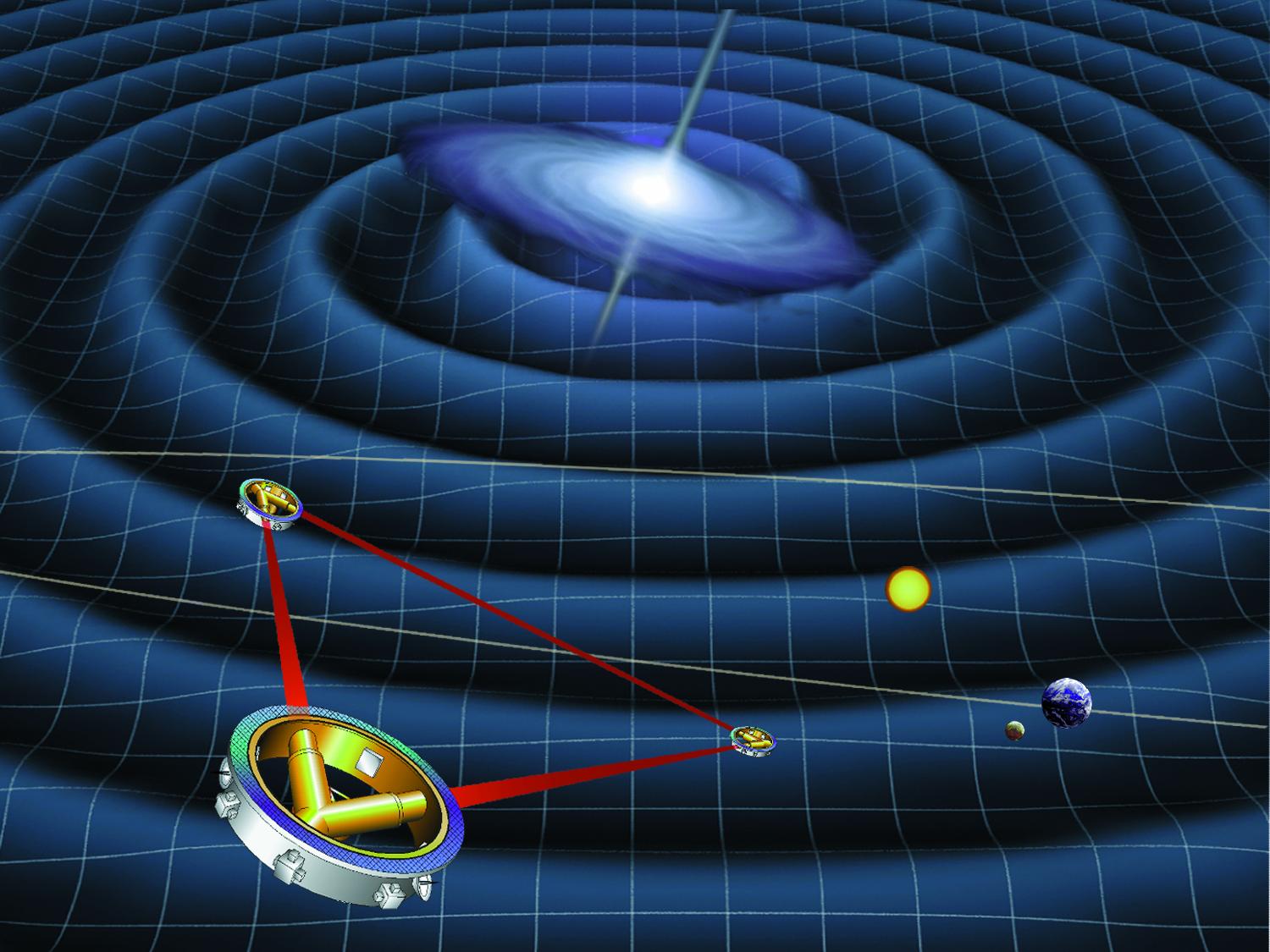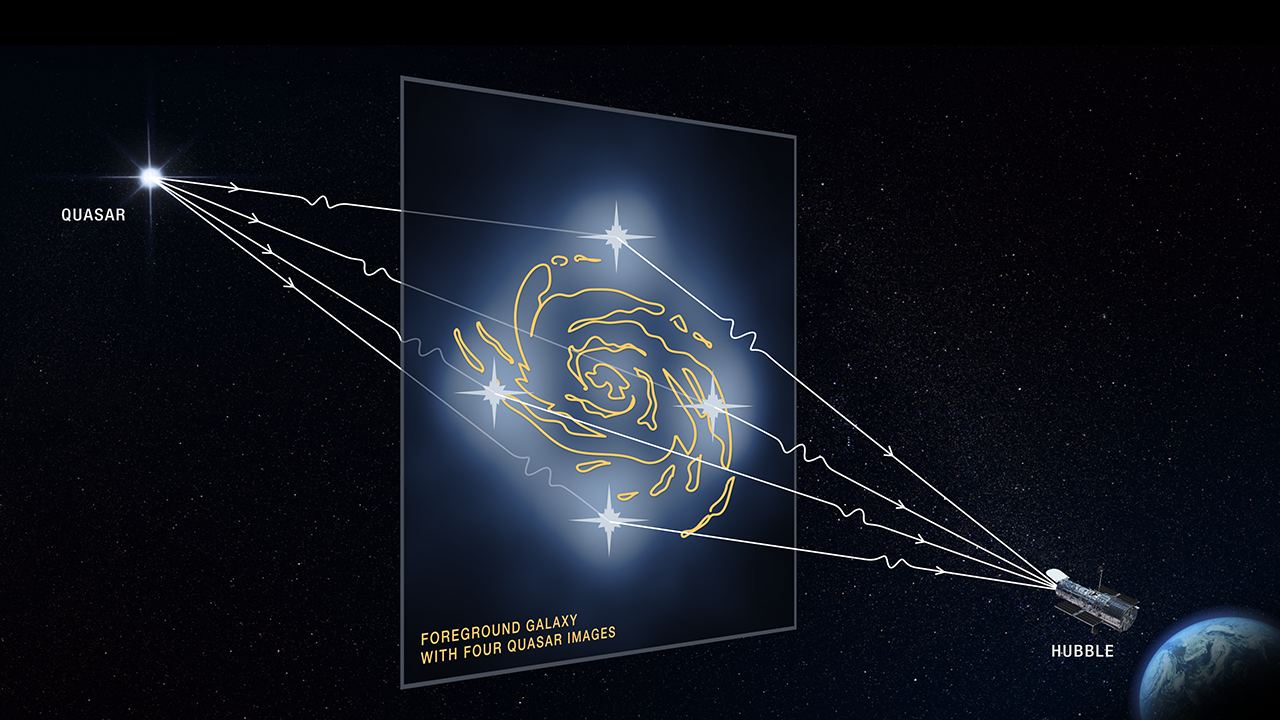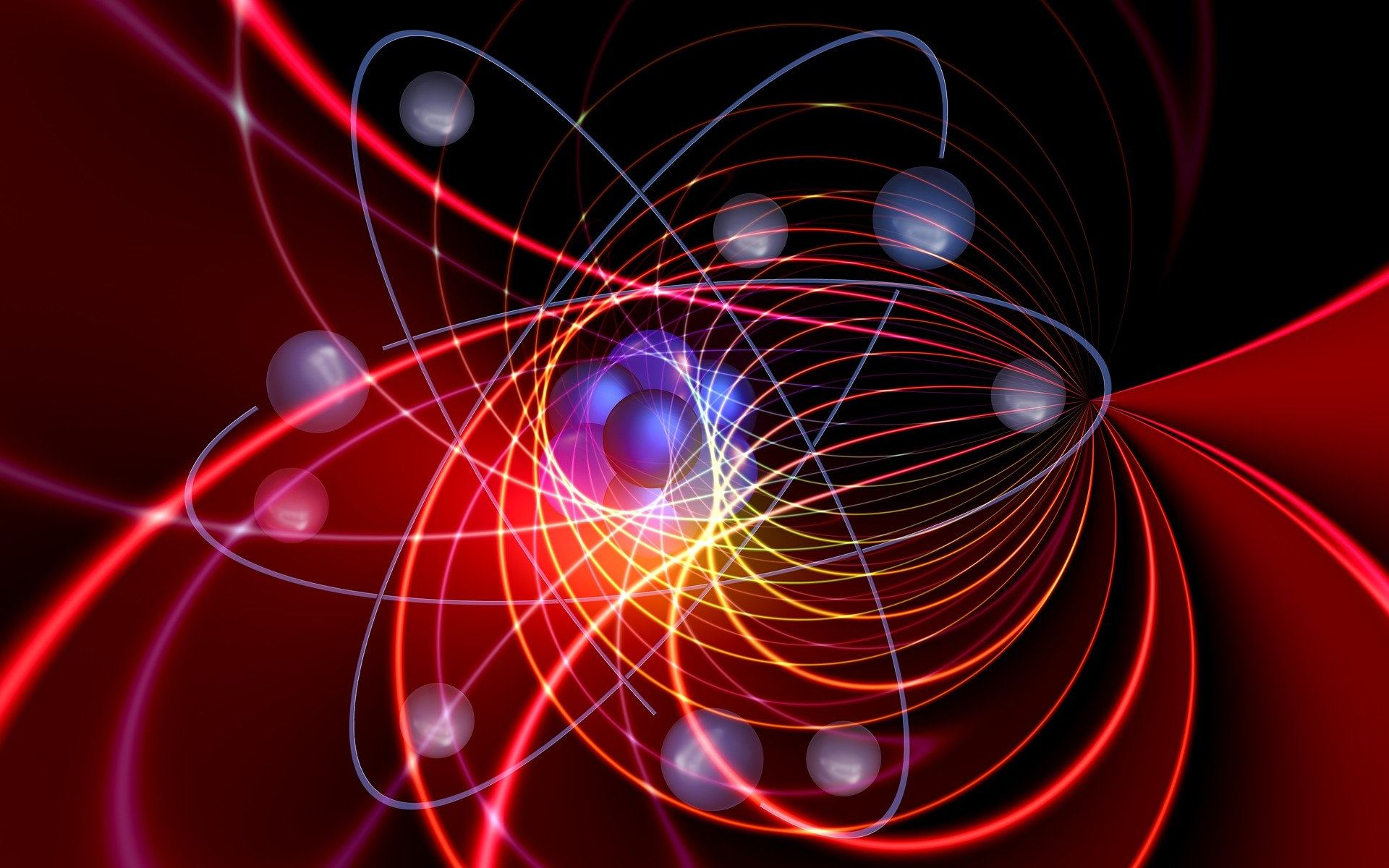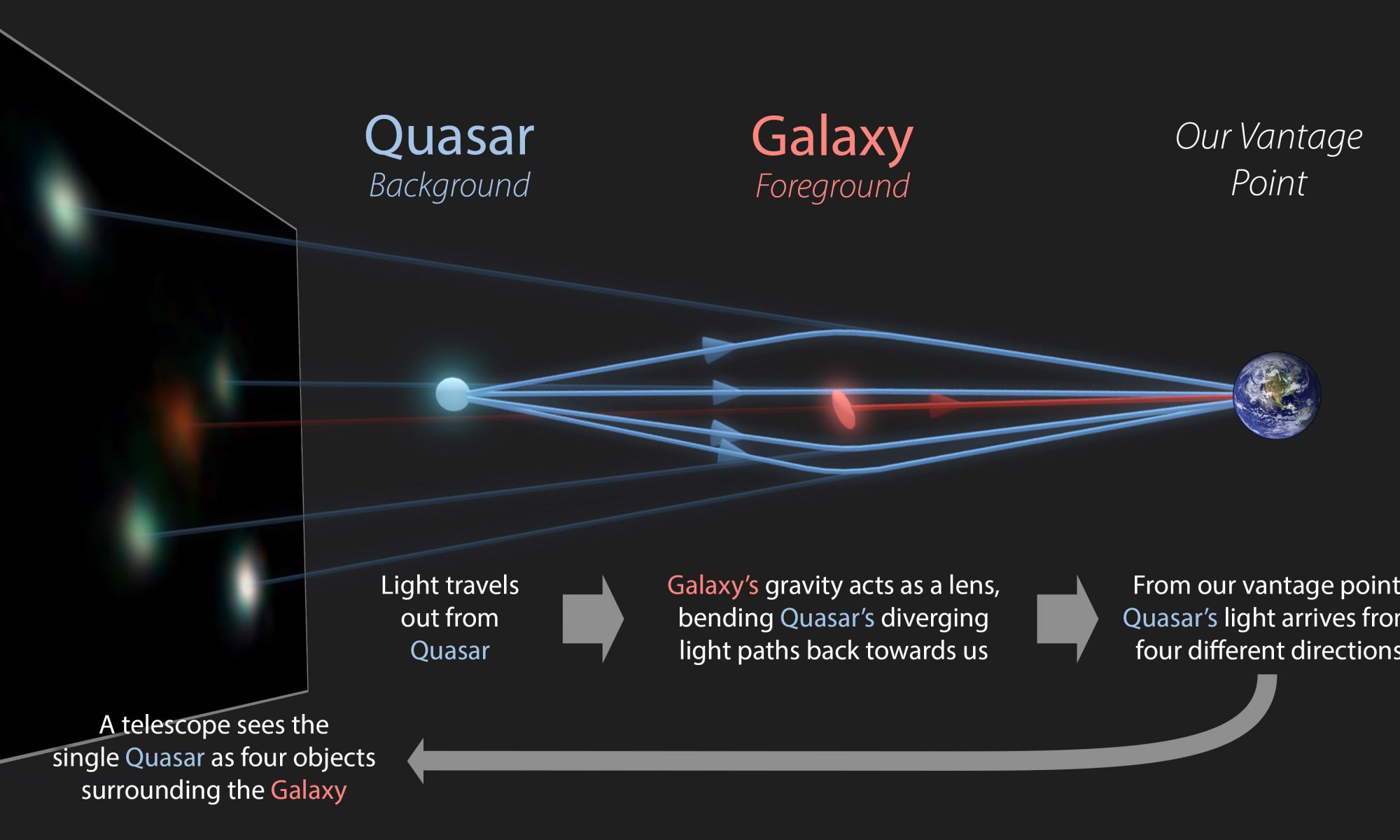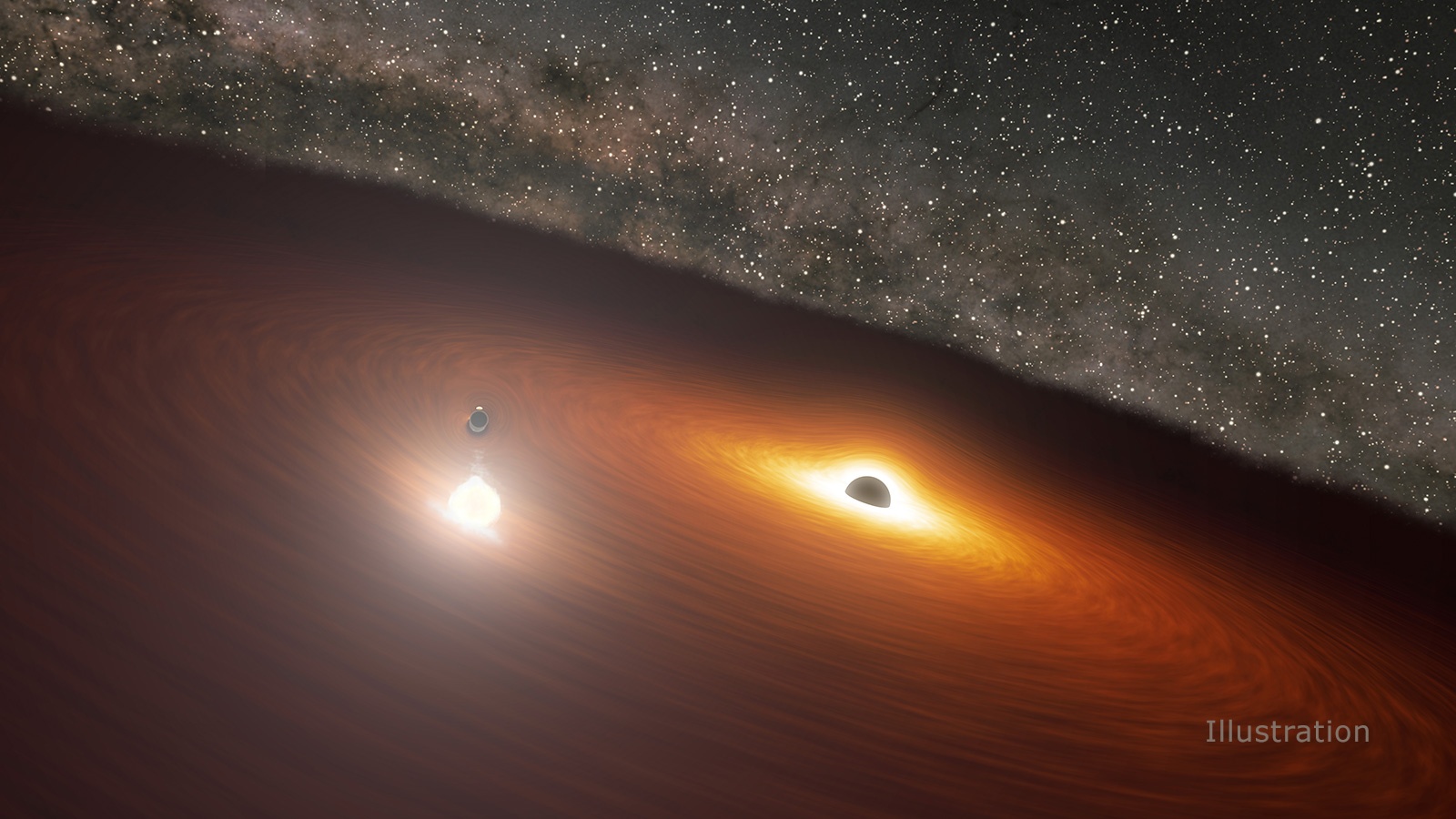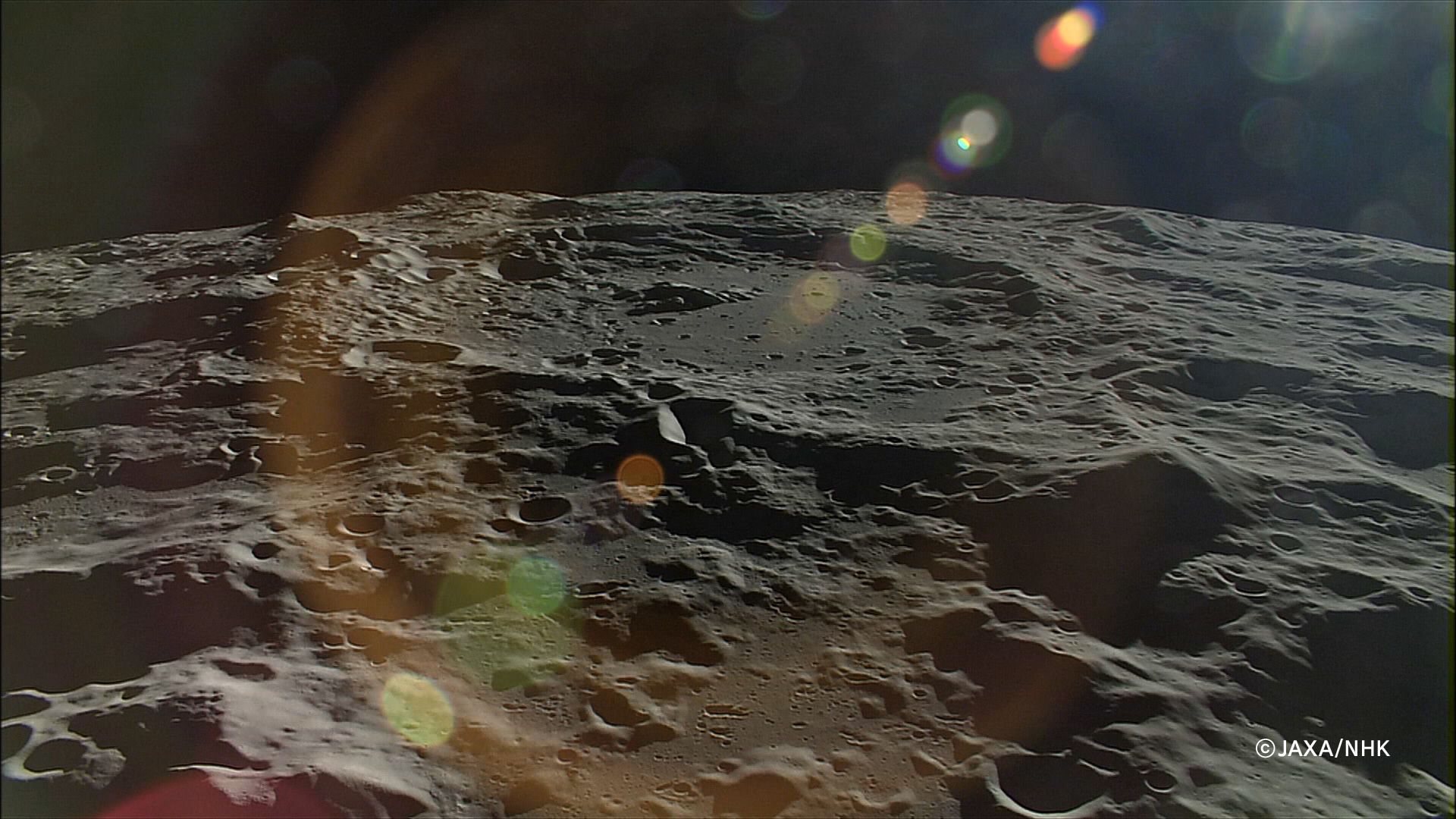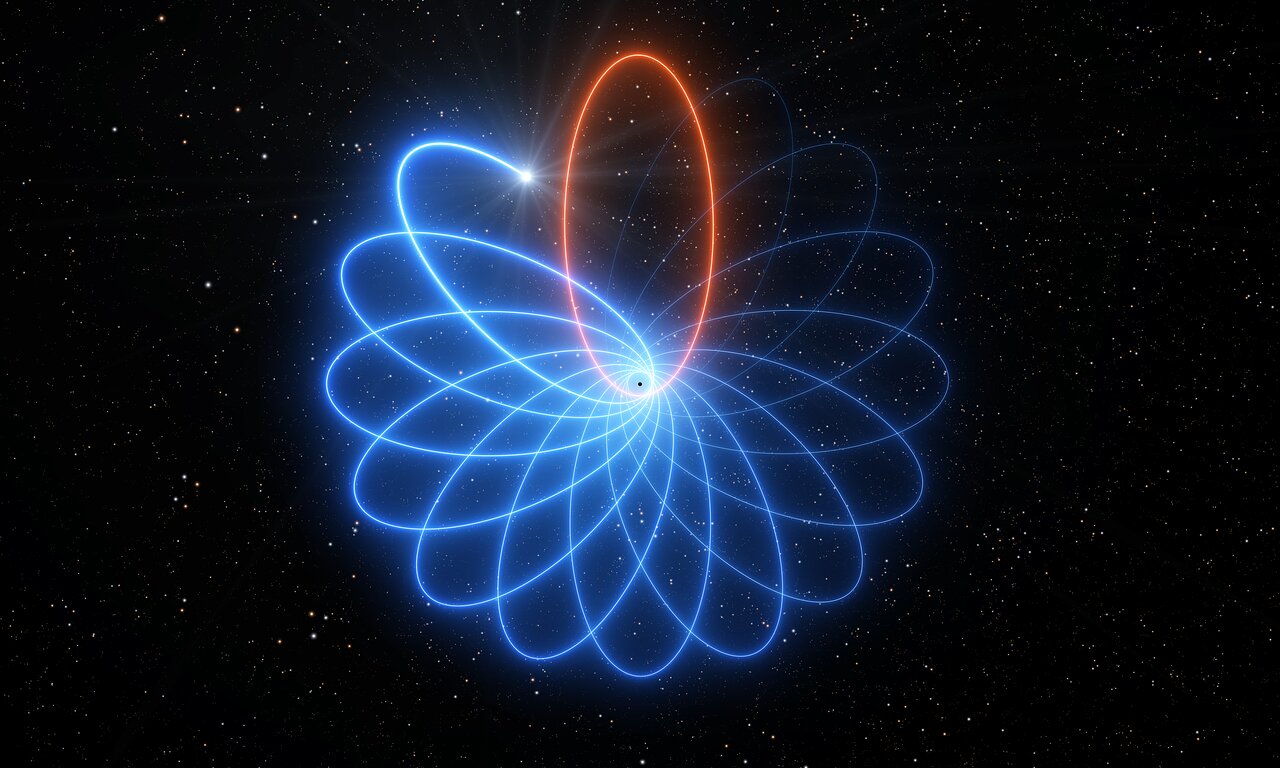Perhaps you’ve heard of the popular Netflix show and the science fiction novel on which it is based, The Three-Body Problem, by Chinese science fiction author Liu Cixin. The story’s premise is a star system where three stars orbit each other, which leads to periodic destruction on a planet orbiting one of them. As Isaac Newton described in his Philosophiæ Naturalis Principia Mathematica, the interaction of two massive bodies is easy to predict and calculate. However, the interaction of three bodies leads is where things become unpredictable (even chaotic) over time.
This problem has fascinated scientists ever since and remains one of the most famous unsolved mysteries in mathematics and theoretical physics. The theory states that the interaction of three gravitationally bound objects will evolve chaotically and in a way that is completely detached from their initial positions and velocities. However, in a recent study, an international team led by a researcher from the Niels Bohr Institute ran millions of simulations that showed “isles of regularity in a sea of chaos.” These results indicate that there could be a solution, or at least some predictability, to the Three-Body Problem.
Continue reading “New Research Could Help Resolve the “Three-Body Problem””

